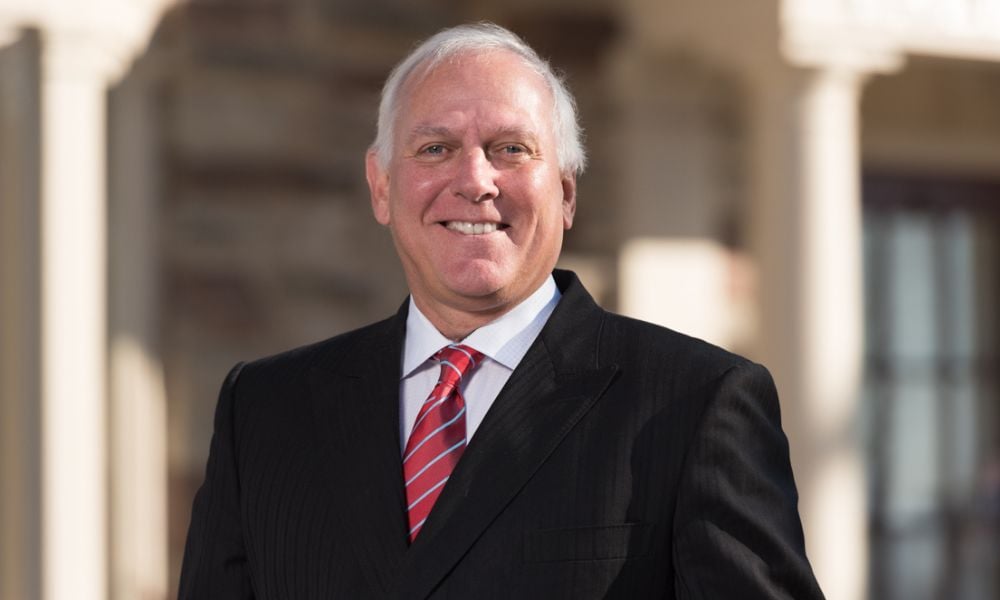Here are some tips for how to buffer client's retirement income in a challenging market

Advisors should develop retirement income plans for clients at least five years before they retire and encourage them not to retire until they’re financially ready, says one senior advisor who specializes in retirement planning and is concerned about clients who aren’t doing that right now.
“I have never seen a new client come in with a retirement income plan, said David Little, senior wealth advisor at Blue Oceans Private Wealth in Burlington, Ontario, told WP Talk. “I don’t know how you can plan your retirement without having a retirement income plan and have everything mapped out.”
Yet, he’s seeing more clients today quitting their jobs and opting for retirement without doing that preparation. He noted they’re like the 1960s flower children who don’t want to chase the brass ring anymore. They’ve abandoned the rush, drive, and desire to accumulate more trips or bigger houses and want to stop to enjoy to learn to play guitar or chase some other unfulfilled personal dream.
Little’s webinars target people in their mid-50s to help them prepare for retirement because. he said, “you can’t plan your retirement income phase the way you plan your retirement savings phase”. If they’re 45 and want to retire at 60, then he can project how much more money they need to save each year and what rate of return they need to achieve, or whether they need to delay retirement a few years until they can meet those goals.
“But, on the other side of that, on the retirement spending side, you can’t punch those numbers in because you can’t tell me when you’re going to die. You can’t tell me when your spouse is going to die. You can’t tell me when one, or both of you, will be unable to travel any longer because you don’t know how your health is going to hold up and you eventually have to make some change of lifestyle, like selling your principal residence and moving into a retirement centre. How do you budget all that if you’re not actually mapping it out?”, he asked.
Little likes to see clients at least four to five years before they retire so they can adequately plan for what lies ahead. Not doing that means they could run out of money before they die.
That’s a particular concern now with inflation running at 8.1% and the equity and bond markets dropping, taking portfolios down with them. In 2020, Little proactively put client money into energy positions through ETFS, mutual funds, and some stocks, which helped their portfolios, but the continuing market slide has remained a real challenge. He noted most clients end up having to sell their principal residence, which allows them to top up their portfolios. He's also using capital gains taxes on tax-free savings and non-registered accounts, which don’t require mandatory withdrawals.
“That’s one of the reasons I like to get people four or five years in advance because I still see people who have not even remotely come close to topping up their TFSA, and they don’t have a lot of money outside of their RRSPs or their company pension plans,” he said. “So, everything is taxable. We’re not able to manipulate the income tax by manipulating where we get the money, and that’s a challenge that most of them will have to reckon with when they do get down the road.”
Little also like to protect clients’ income by putting one or two years of client income in very low risk or savings type vehicles where the fluctuation isn’t that high, so market rides like we’ve seen lately won’t impact their lifestyle or retirement plan. That way they don’t need to assume higher risks than they’re comfortable with to get higher returns to compensate for the dropping markets.
Little has also dropped the fixed income component from 60/40 to 72/27 to counter the lowest interest rate environment in 50 years. But, now he notes, that while they were picking up 2.5% yields on fixed income in December, they’re now getting 6% to 6.5% yields now.
“We’re seeing that the income that’s coming into the portfolios every month is making up for the drop in equities,” said Little. “I have always had a fairly nice large component of income payments coming into the portfolio – dividends, fixed income interest, bond interest yields, and that type of thing. So, that really does help clients get through the hard times when they see their portfolios getting rocked.”



